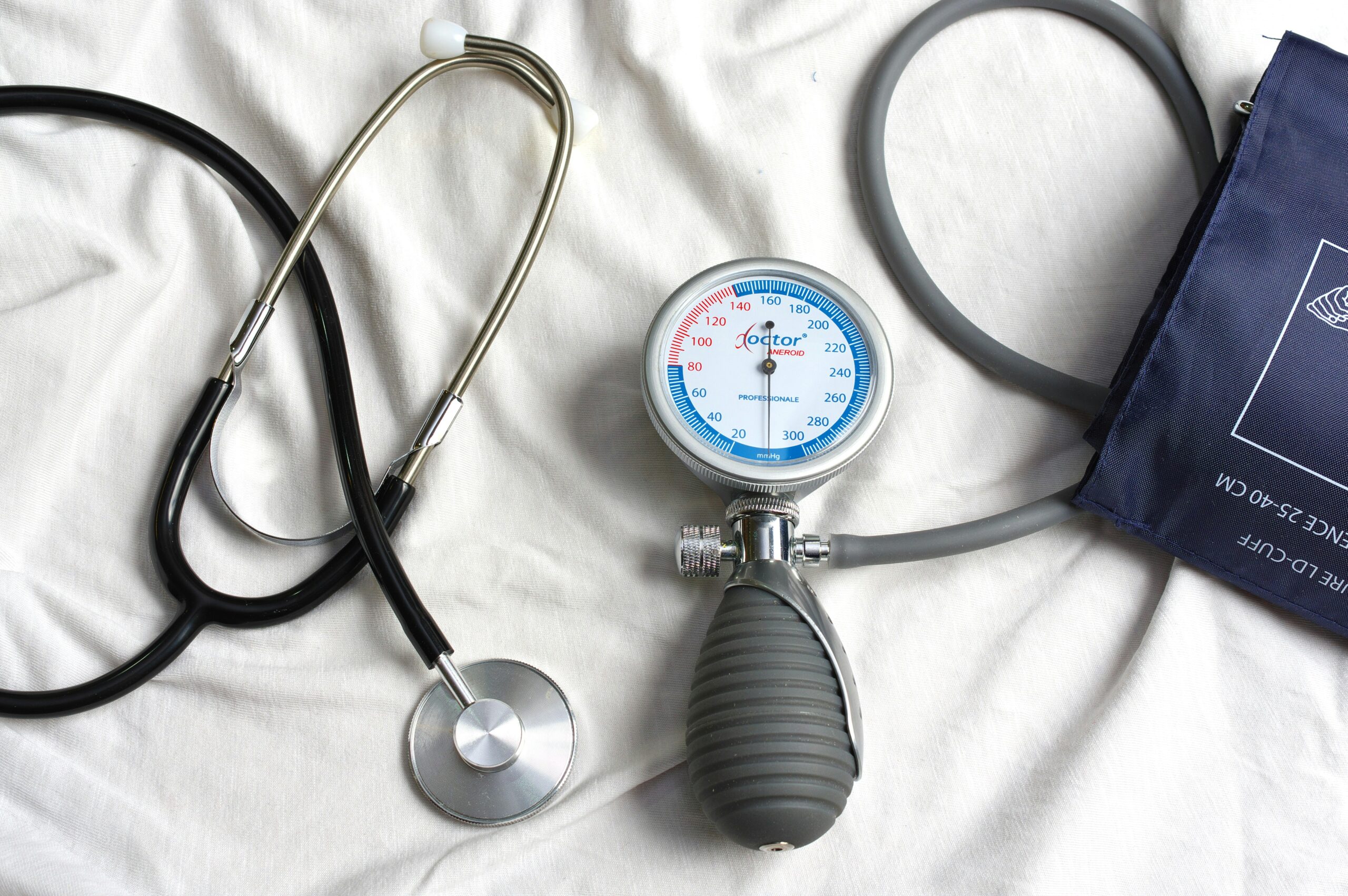Take a moment to think about the last time you had your blood pressure checked. Maybe it was at your annual physical, at a pharmacy machine while you were waiting for a prescription, or in a hurried minute at the dentist’s office. The cuff goes on, you hear the whoosh, you feel the squeeze — and then you get two numbers. 120 over 80, 140 over 90, maybe even higher.
Most people nod politely, accept the reading, and forget about it five minutes later. But those two numbers carry a story about your heart, your blood vessels, and your future health — if you know how to read them.
In this post, we’ll break down what blood pressure really measures, what the numbers mean, what’s normal, what’s dangerous, and how you can take charge before high blood pressure becomes a problem you can’t ignore.
⸻
First, What Is Blood Pressure?
Think of your heart as a pump and your blood vessels as garden hoses. Blood pressure is the force of blood pushing against the walls of those vessels every time your heart beats — and also when it’s resting between beats.
You get two numbers because your heart does two main things:
1️⃣ It contracts to push blood out (this is called systolic pressure)
2️⃣ It relaxes to refill with blood (this is diastolic pressure)
So when the doctor says, “Your blood pressure is 120 over 80,” they mean:
• 120 (systolic): The pressure when your heart beats
• 80 (diastolic): The pressure when your heart relaxes
Both matter. High systolic means your heart’s working too hard to push blood out. High diastolic means your arteries stay under too much pressure, even when the heart’s resting.
⸻
What’s a Normal Blood Pressure?
There’s some debate on the exact cutoff, but here’s a simple guide most doctors use:
| Category | Systolic (Top Number) | Diastolic (Bottom Number) |
| Normal | Less than 120 | Less than 80 |
| Elevated | 120–129 | Less than 80 |
| High BP (Stage 1 Hypertension) | 130–139 | 80–89 |
| High BP (Stage 2 Hypertension) | 140+ | 90+ |
| Hypertensive Crisis (Emergency) | 180+ | 120+ |
So if your reading is 135/85, you’re in Stage 1 Hypertension. It might not feel like an emergency — you might not feel anything at all — but over time, those higher numbers can quietly damage your heart, kidneys, eyes, and brain.
⸻
Why Does High Blood Pressure Matter So Much?
Here’s the thing about high blood pressure: it’s often called the “silent killer.” You can walk around for years with high numbers and have no clue — until one day, it’s not so silent.
Left untreated, high blood pressure can:
• Damage your arteries, making them stiffer and narrower.
• Force your heart to work harder, which can lead to heart failure.
• Raise your risk of stroke, because weakened blood vessels in the brain can burst.
• Damage your kidneys, since they rely on healthy blood flow to filter waste.
• Affect your eyes, causing vision loss in severe cases.
The good news? It’s also one of the most treatable conditions — if you catch it early and stay on top of it.
⸻
Why Do Some People Have High Blood Pressure?
High blood pressure doesn’t just appear out of nowhere — but it doesn’t always come with clear warning signs either. Here’s what can push those numbers up:
✅ Age — As we get older, our blood vessels naturally stiffen a bit.
✅ Family History — Genetics play a role. If your parents or siblings have high BP, you’re more likely to get it too.
✅ Weight — Extra weight means your heart works harder to pump blood.
✅ Diet — Too much salt, not enough potassium, and lots of processed foods can all push your numbers up.
✅ Alcohol & Tobacco — Drinking too much and smoking both damage your blood vessels over time.
✅ Lack of Exercise — A sedentary lifestyle is linked to higher BP.
✅ Stress — Chronic stress can keep your numbers elevated.
✅ Certain conditions — Diabetes, sleep apnea, thyroid disorders, and kidney problems can all contribute.
⸻
Hidden Risks: Why “Borderline” High BP Still Matters
A lot of people brush off slightly high readings — “It’s just a little high, no big deal.” But even elevated blood pressure can quietly damage your arteries over time.
Studies show that people with high-normal readings — say, 125–129 over 80 — are more likely to develop full-blown hypertension in a few years if they don’t make lifestyle changes.
In other words: even a little high is worth paying attention to.
⸻
Real Life Example: Meet David
David is 45, works in IT, and never thought twice about his blood pressure. He went in for a routine eye exam — and the optometrist noticed something odd in the blood vessels at the back of his eye. She suggested he see his doctor.
His reading? 145/95. He felt fine — no headaches, no dizziness, no clue anything was wrong. But under the radar, his heart had been working overtime. His doctor explained that untreated, he’d have a much higher risk of heart attack or stroke by 55.
David started walking 30 minutes a day, swapped his salty lunches for salads, lost 15 pounds, and brought his BP down to 125/80 in six months — no medication needed yet.
⸻
When Should You Get Checked?
The simple answer? More often than most people do. Here’s a rough guide:
• Healthy adults: Every 1–2 years if you’re under 40 and healthy.
• 40 and up: Every year — your risk goes up with age.
• Already high or borderline: Follow your doctor’s advice — often every few months.
• Home checks: If you’ve ever had a high reading, investing in a home monitor is smart. They’re easy to use and cost less than a dinner out.
⸻
What About Low Blood Pressure?
We mostly worry about high BP, but very low BP can be a problem too — especially if it causes dizziness or fainting.
Low BP (hypotension) is generally defined as 90/60 or lower. For some people (like athletes), that’s perfectly normal. But if you’re feeling weak, dizzy, or fainting — get checked.
⸻
How to Measure It Right
Did you know your BP can jump 10–20 points just because you’re nervous at the doctor’s office? That’s called “white coat hypertension.”
Tips for a good reading:
• Rest for 5 minutes before checking.
• Sit in a chair, feet flat on the floor, arm supported at heart level.
• Don’t talk while it’s measuring.
• Take two or three readings a few minutes apart — average them.
• Home monitors are great, but make sure yours is validated (ask your doctor or pharmacist).
⸻
What If It’s High?
The first step: don’t panic. One high reading doesn’t mean you have hypertension. But you shouldn’t ignore it either.
Your doctor will likely:
• Take multiple readings over weeks or months.
• Check for underlying conditions (like kidney issues).
• Suggest lifestyle changes first.
• Prescribe medication if lifestyle tweaks aren’t enough.
⸻
Lifestyle Changes That Really Help
✅ Move more: 30 minutes of moderate exercise (like brisk walking) most days can lower BP by 5–8 points.
✅ Eat more plants: The DASH diet (Dietary Approaches to Stop Hypertension) is proven to work — lots of veggies, fruits, whole grains, lean proteins, and less salt.
✅ Cut salt: Aim for under 2,300 mg of sodium daily (about 1 teaspoon).
✅ Watch alcohol: No more than 1 drink a day for women, 2 for men.
✅ Quit smoking: It damages arteries and raises BP.
✅ Lose a few pounds if needed: Even 5–10 pounds can lower BP noticeably.
✅ Manage stress: Easier said than done, but even simple things like breathing exercises or talking to a counselor can help.
⸻
Medications: When Lifestyle Isn’t Enough
If changes alone don’t do the trick, medication helps. There are several types:
• Diuretics: Help your body get rid of extra salt and water.
• ACE inhibitors & ARBs: Relax blood vessels.
• Calcium channel blockers: Help blood vessels relax and reduce heart workload.
• Beta blockers: Slow your heart rate down.
It might take time to find the right one — or combination — for you. Be patient, take them exactly as prescribed, and don’t stop without talking to your doctor.
⸻
Common Myths About Blood Pressure
❌ “I feel fine, so it can’t be high.”
Wrong. High BP rarely causes obvious symptoms until damage is done.
❌ “I can’t do anything about it — it runs in my family.”
Genetics play a role, but lifestyle has a huge impact.
❌ “Once I’m on meds, I’m stuck forever.”
Not always true. Many people can reduce or stop meds if they lose weight, exercise, and eat well — but always with your doctor’s guidance.
⸻
Key Takeaway
Your blood pressure numbers are like a window into how hard your heart is working and how healthy your arteries are. They’re not just random digits — they’re an early warning system that gives you a chance to act before big problems show up.
Knowing your numbers — and what they mean — puts you back in control.
⸻
Final Thoughts
If you haven’t had yours checked lately, take five minutes this week and do it. It might feel small, but it’s one of the simplest, most powerful ways to protect your heart, your brain, and your future health.
Got a story about how you lowered yours? Drop it in the comments — someone else might find the motivation they need right there.





